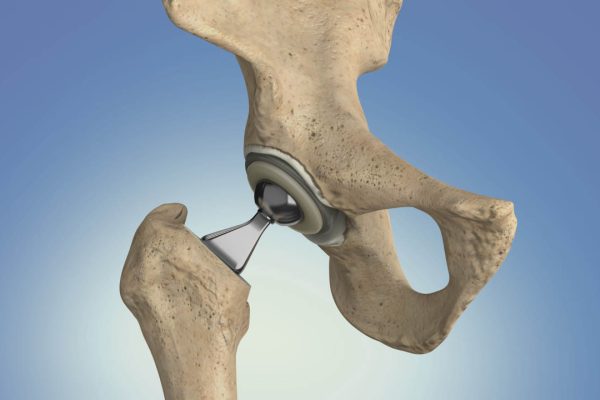Overview
Hip replacement is a surgical procedure in which a damaged or worn-out hip joint is replaced with an artificial implant. This surgery is typically recommended for individuals suffering from severe hip pain, stiffness, or reduced mobility due to conditions like osteoarthritis, rheumatoid arthritis, or hip fractures.
Key Points about Hip Replacement:
Types of Procedures:
- Total Hip Replacement: Both the acetabulum (hip socket) and the femoral head (the ball at the top of the thigh bone) are replaced.
- Partial Hip Replacement: Only the femoral head is replaced.
Procedure:
- The surgery usually lasts about 1 to 2 hours and can be done through traditional open surgery or minimally invasive techniques.
- Anesthesia is used, and the patient may stay in the hospital for a few days post-surgery.
Recovery:
- Rehabilitation starts soon after surgery, focusing on restoring mobility and strength.
- Physical therapy is often essential for a successful recovery.
- Most people can return to normal activities within a few months, though full recovery may take longer.
Risks and Complications:
- Like any surgery, hip replacement carries risks such as infection, blood clots, and implant dislocation.
Long-term Outlook:
- Many patients experience significant pain relief and improved quality of life after recovery. Implants can last 15 years or more, depending on factors like activity level and weight


